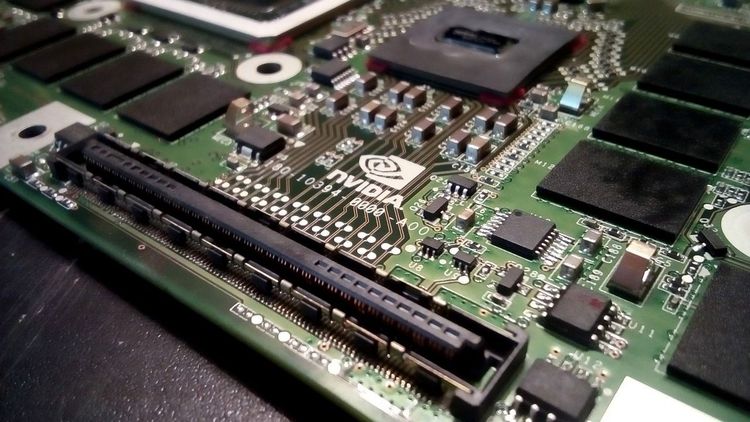Presented by Dell Technologies
As with past technology revolutions, organizations are debating whether to deploy commercial large language models (LLMs) or utilize open-source alternatives while developing generative AI applications.
The choice depends on your goals. Selecting the right model and enriching it with high-quality corporate data are vital decisions. Let’s explore the various model structures—closed source, open source, and hybrids—at a high level.
Model Types: Closed Source vs. Open Source
When building generative AI applications, organizations typically choose between closed and open-source LLMs. Closed-source LLMs keep their source code proprietary for reasons like security and intellectual property protection.
On the other hand, open-source LLMs provide free access to the source code, allowing users to modify and adapt the software. However, some open-source models feature restricted components that require a commercial license, leading to what are known as “open models.” In these cases, the architecture and parameters may be publicly accessible, while certain code remains proprietary. Such collaborative efforts can help identify biases and foster knowledge sharing.
Data: The Essential Resource
Licensing and usage terms significantly affect how you deploy a specific model. Yet, obsessing over the closed vs. open debate is shortsighted—70% of CEOs surveyed by PwC anticipate that generative AI will transform their operations over the next three years. Instead, focus on the quality of your data, as it will be your key competitive differentiator.
It’s time to reframe our understanding of data. While it has often been called the “new oil,” it’s more akin to water. Just as water sustains life, data fuels generative AI. Both require careful sourcing and cleansing to be effective.
To maximize the potential of your generative AI, you need to funnel quality data through a disciplined process—collecting, cleaning, preprocessing, labeling, and organizing it before progressing to model training, evaluation, and fine-tuning.
Right-Sizing Your Model
Experimenting with different model types and sizes is essential to meet your specific needs. Right-sizing—choosing the most suitable model for your business—can significantly impact effectiveness.
Do you need a comprehensive model that encompasses a vast amount of data, such as a digital assistant with extensive knowledge? A large LLM, equipped with hundreds of billions of data points, may be ideal.
Conversely, if your goal is to surface specific product information for customers, a small language model (SLM) using retrieval-augmented generation (RAG) could suffice. For mobile applications, compact LLMs designed for smartphones may offer faster, cost-effective, and energy-efficient solutions.
Additionally, where you deploy these models matters. Using corporate data to build applications on-premises enables better integration.
Conclusion
The landscape of generative AI models is continuously evolving, and future models will differ significantly from today’s. Whichever path you choose, partnering with the right organization can transform your data into actionable insights.
Dell Technologies provides a comprehensive suite of AI-optimized technologies, ensuring your data gets the support it needs. With Dell’s validated reference designs, you’ll have the foundational blueprints to develop your generative AI services, backed by a professional services team ready to assist you.
Learn more about Dell AI solutions.
Clint Boulton is Senior Advisor, Portfolio Marketing, APEX at Dell Technologies.







